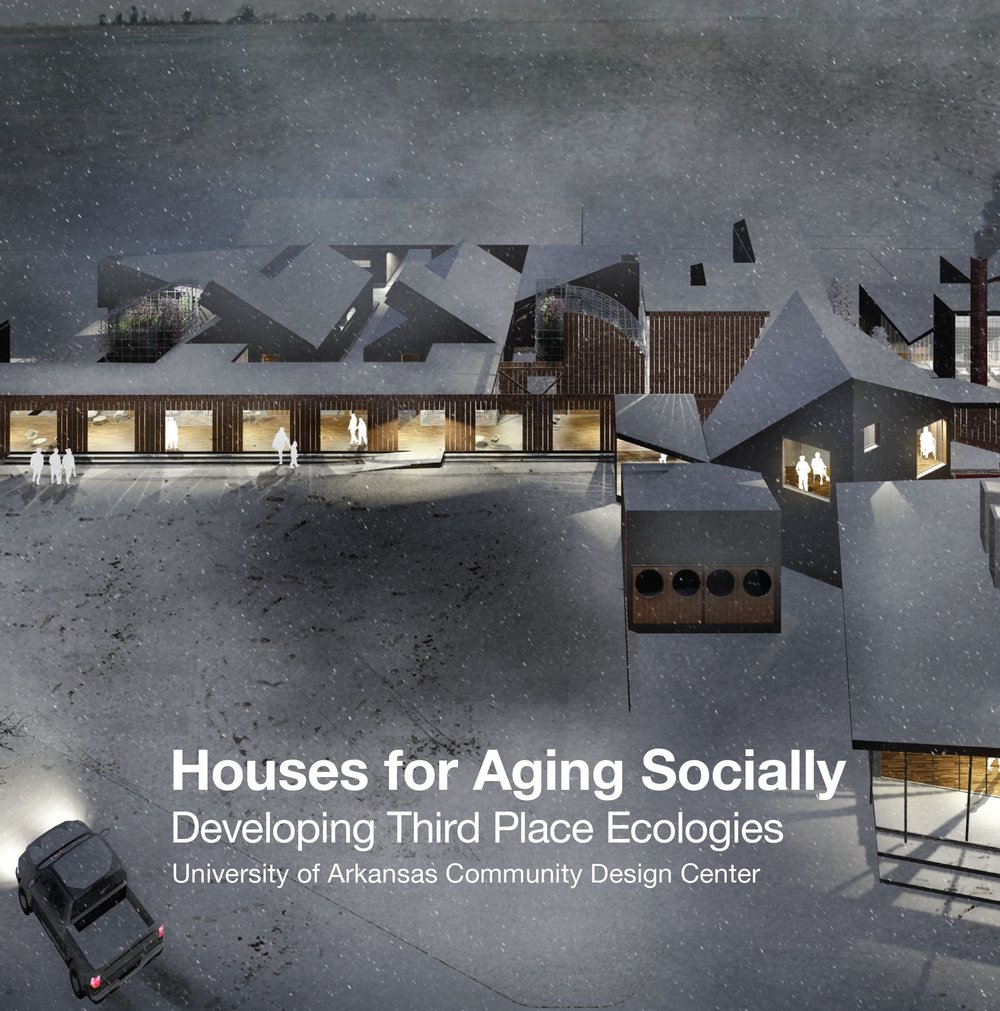Houses for Aging Socially
Developing Third Place Ecologies

By 2030, 79 million baby boomers will have turned 65 at a rate of 10,000 per day. While more than 85 percent will age in place, a tsunami of challenges and opportunities will compel this cohort to embrace more cooperative structures of living, given their explosive increase in single-person households. The nation's housing stock and neighbourhoods are not equipped to serve the common mobility, access, and social needs of seniors. Many who now age in place experience greater social isolation and loss of purpose than residents of nursing homes. What is the shape of housing that accommodates retirement lifestyles for the 85 percent who do not live in the nation's top 50 urban cores, yet desire greater cooperative structures of living in low-density housing? This book reworks components of the familiar single-family home to promote new levels of connectivity in neighbourhoods once resistant to sharing. The traditional individual porch is rescaled to serve multiple units as a hyper-porch; garage galleries hybridize car parking to become mixed-use neighbourhood workspaces; and patio mats offer live-work venues within a compact footprint. All three strategies revitalise neighborhoods through the return of informal economies and social networks. AUTHOR: Originated in 1995 as an outreach centre of the Fay Jones School of Architecture + Design, UACDC has become a respected national authority in urban design and the shaping of the built environment. SELLING POINT: Addresses how design of low-density housing stock and neighbourhoods may better serve the common mobility, access, and social needs of seniors 150 colour images
